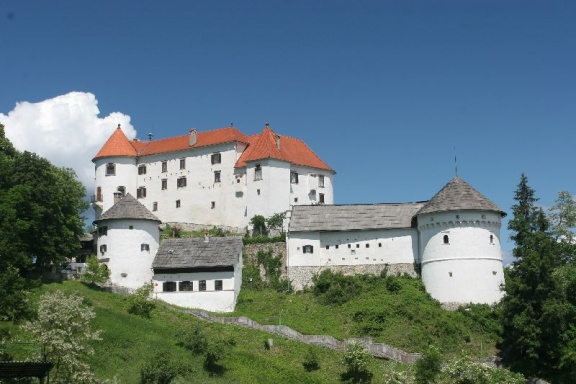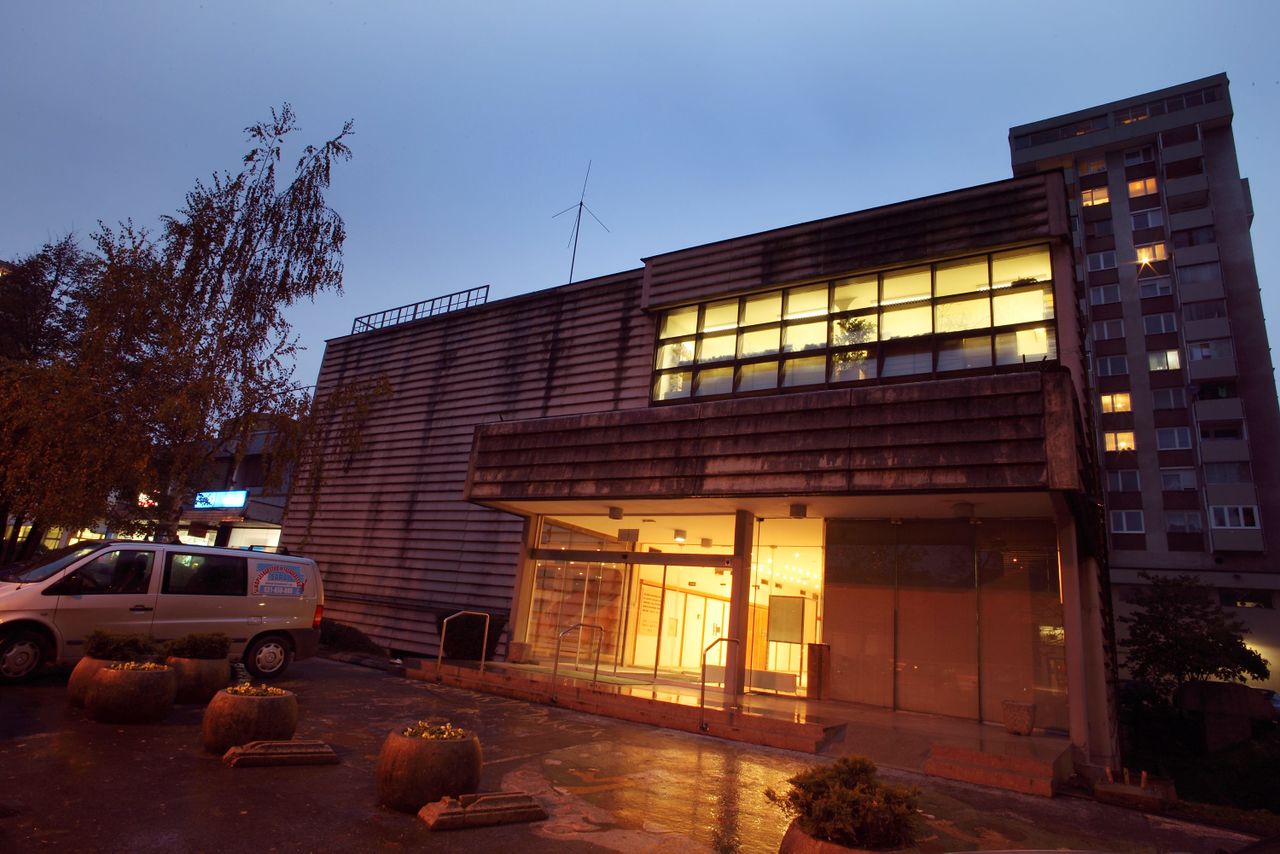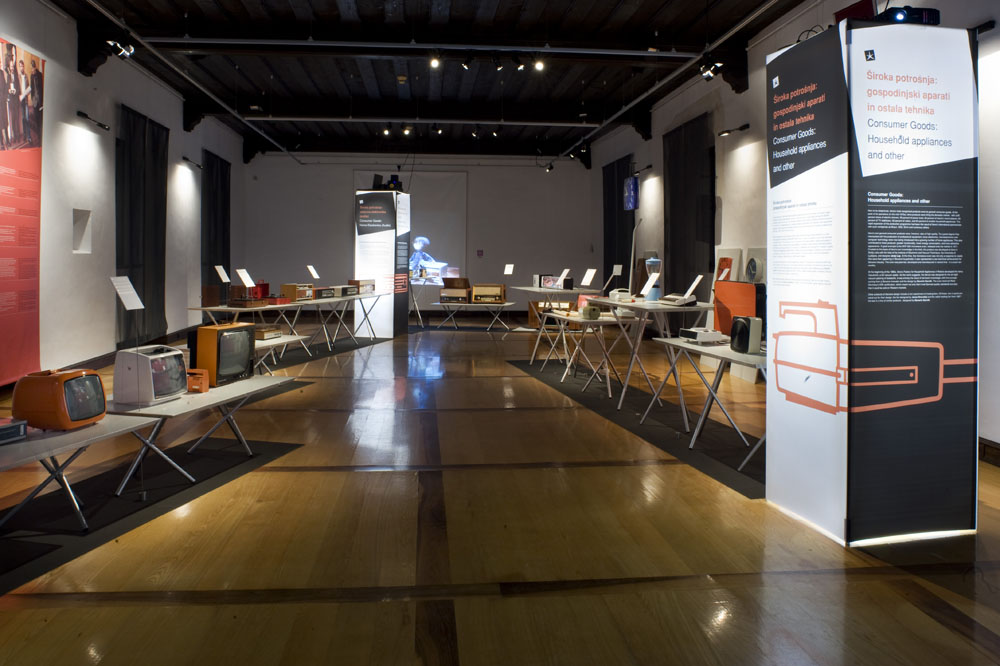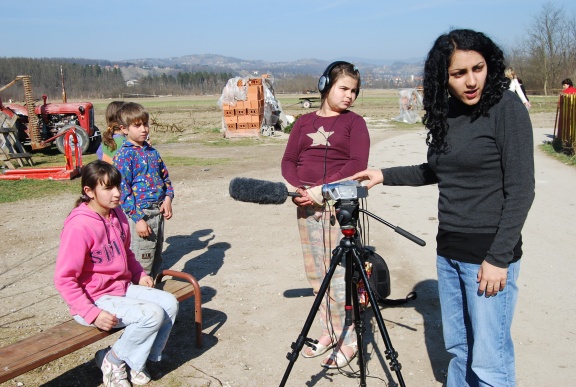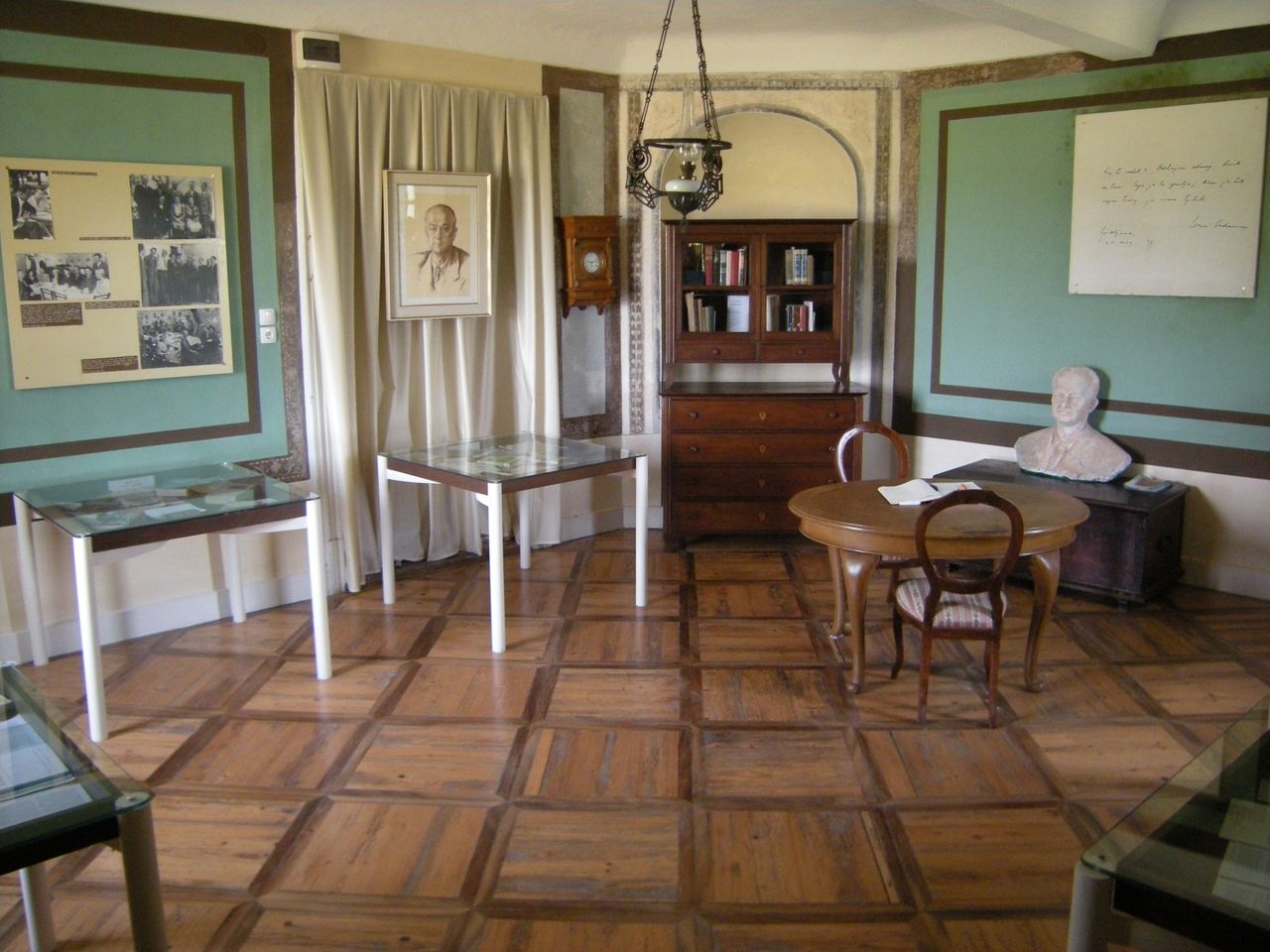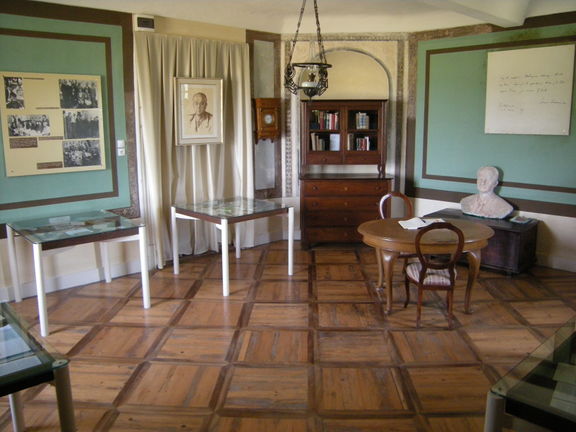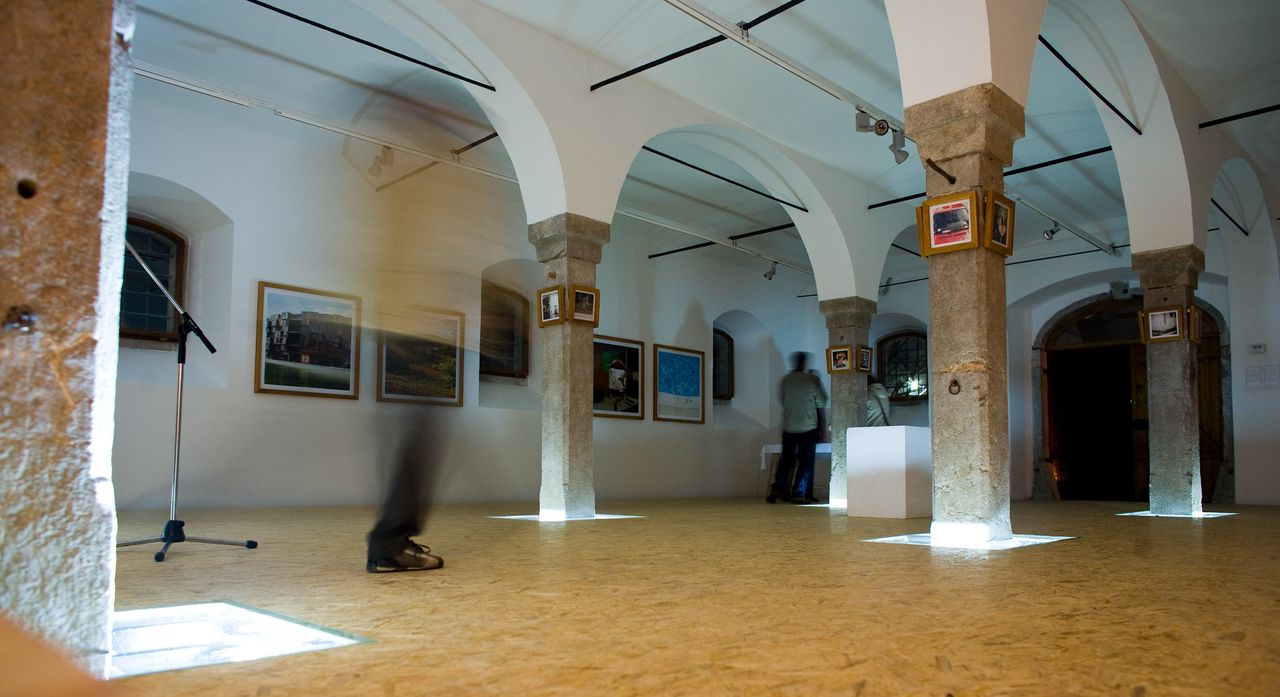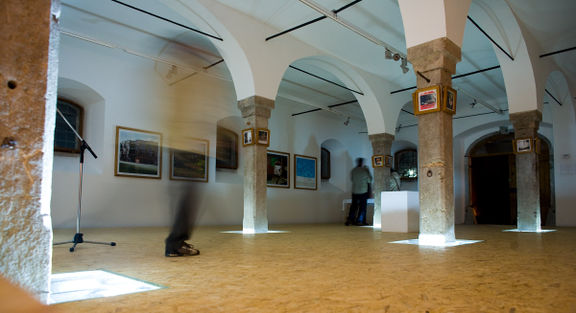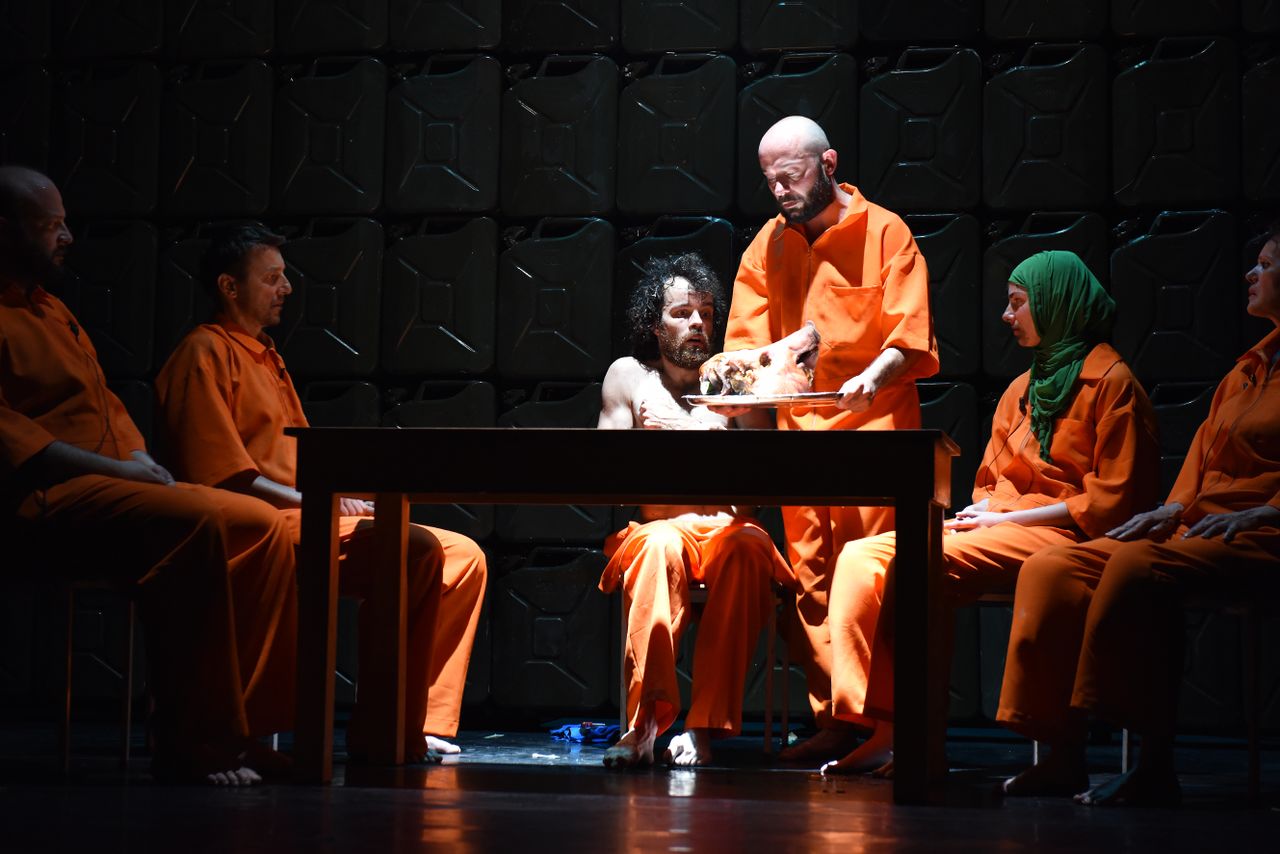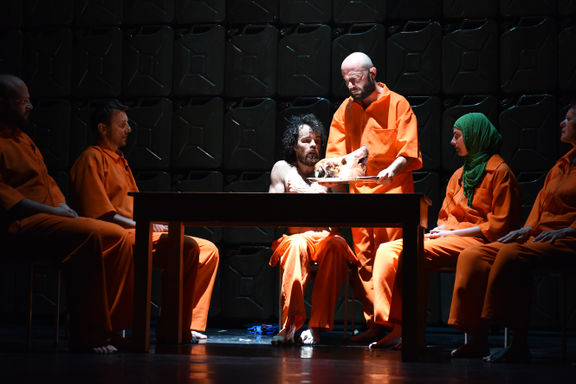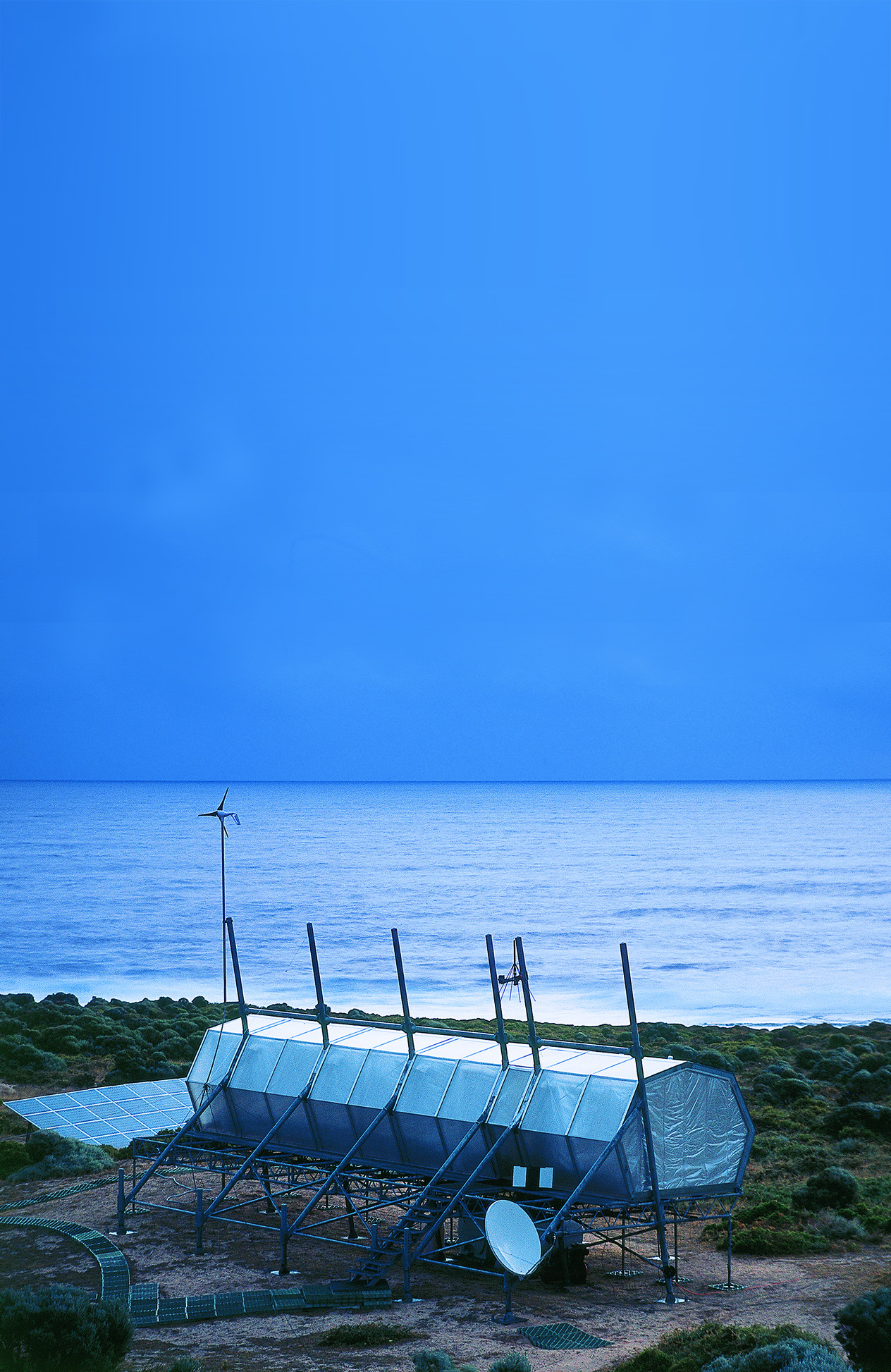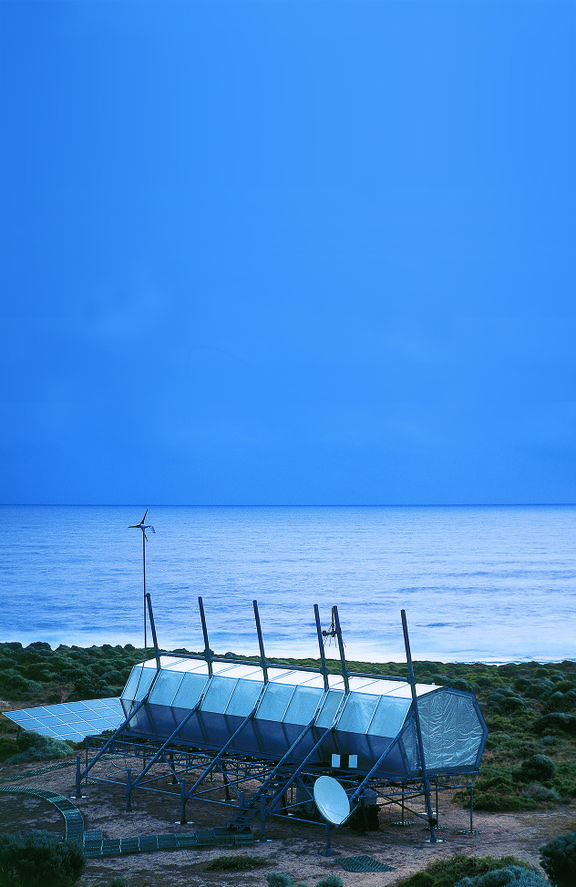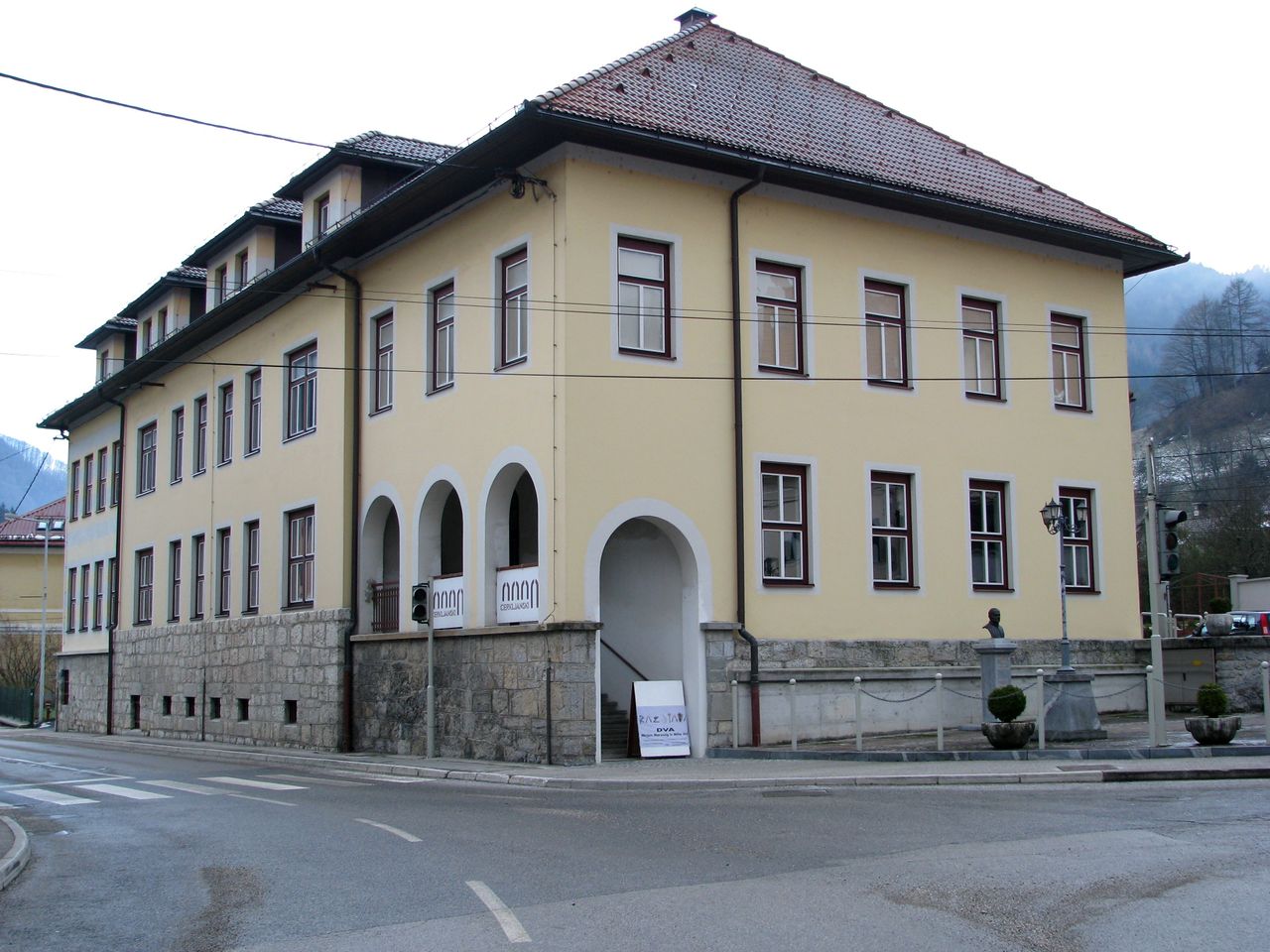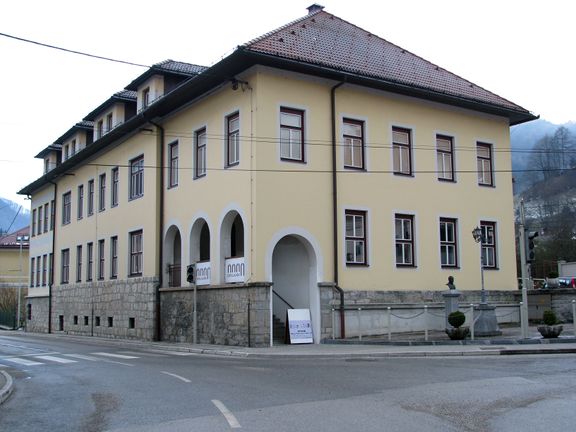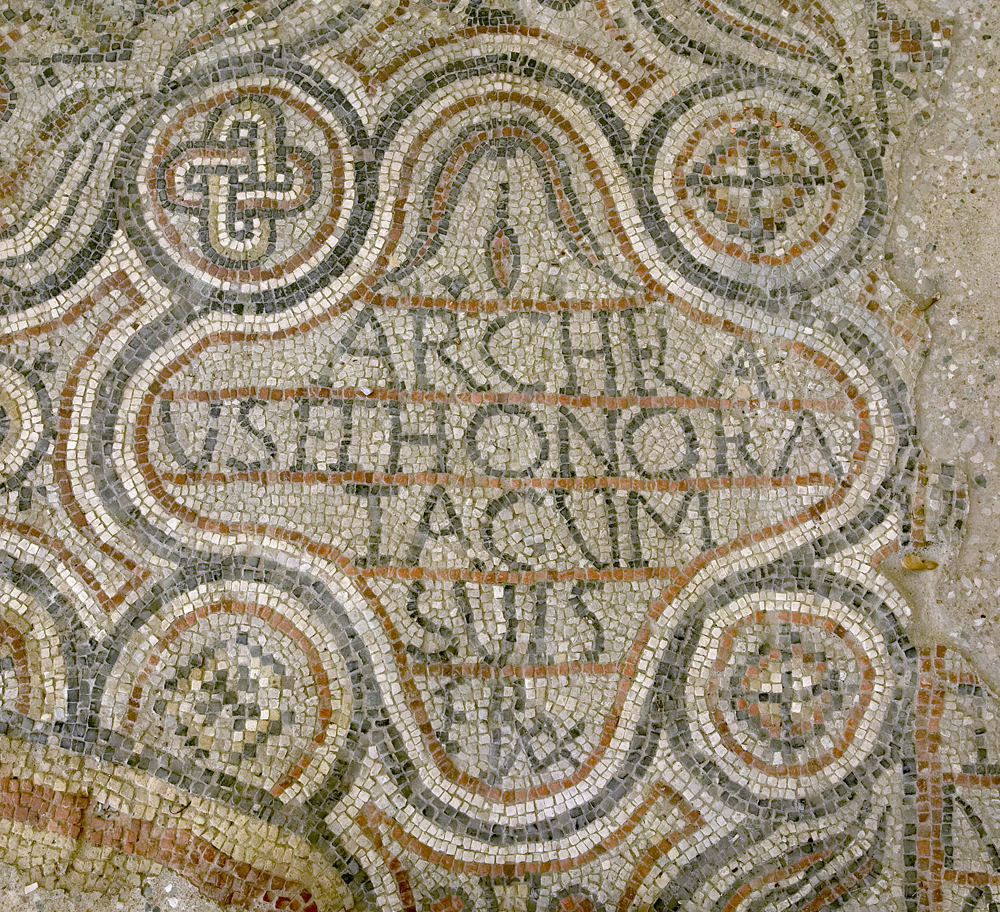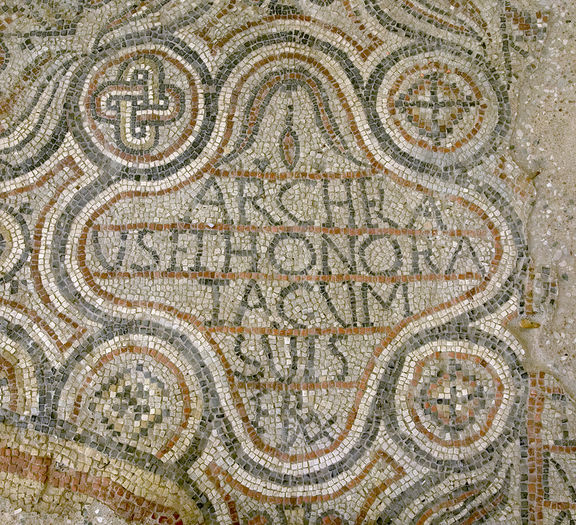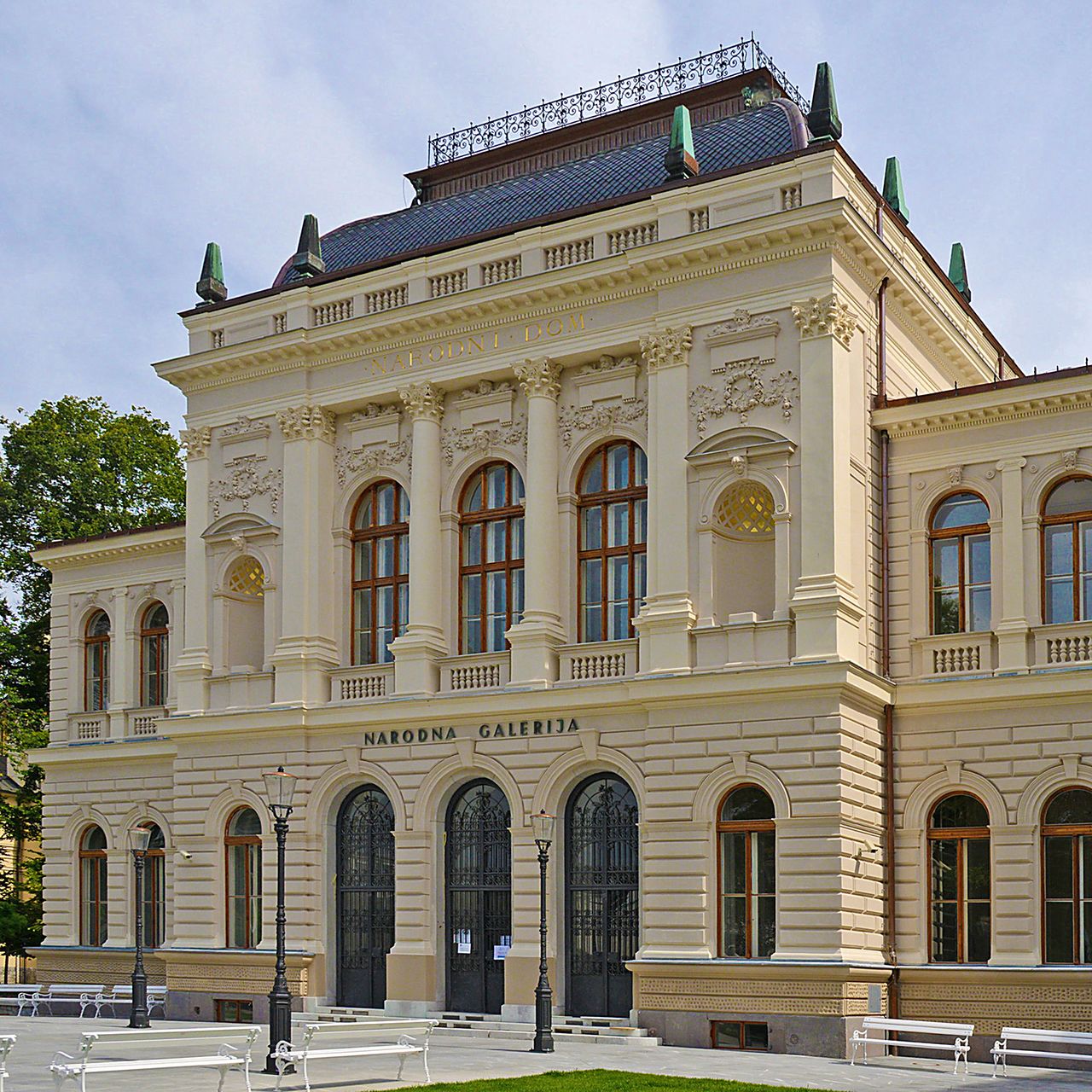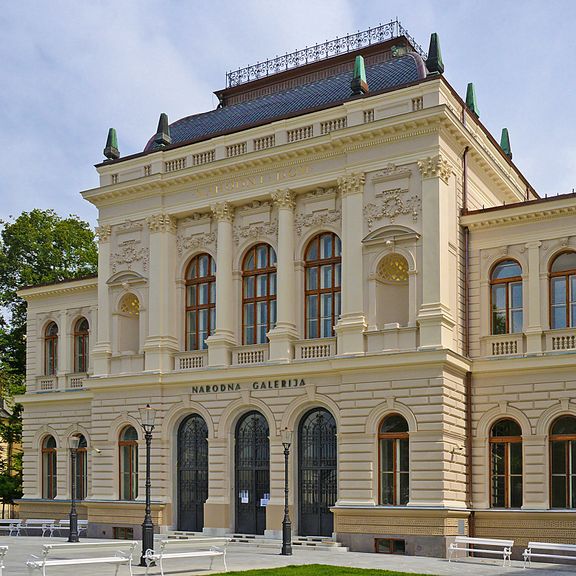Difference between revisions of "Culture.si:Featured"
(csi_featurebot!) |
(csi_featurebot!) |
||
| Line 5: | Line 5: | ||
{{Featured article horizontal|Španski borci Culture Centre}} | {{Featured article horizontal|Španski borci Culture Centre}} | ||
== Design == | == Design == | ||
| − | {{Featured article horizontal| | + | {{Featured article horizontal|Pekinpah Association}} |
== Film == | == Film == | ||
| − | {{Featured article horizontal| | + | {{Featured article horizontal|Luksuz Production, DZMP}} |
== Literature == | == Literature == | ||
{{Featured article horizontal|Louis Adamič Memorial Room}} | {{Featured article horizontal|Louis Adamič Memorial Room}} | ||
== Music == | == Music == | ||
| − | {{Featured article horizontal| | + | {{Featured article horizontal|Kaja Draksler Acropolis Quartet}} |
== New media art == | == New media art == | ||
| − | {{Featured article horizontal| | + | {{Featured article horizontal|Simulaker Gallery}} |
== Theatre == | == Theatre == | ||
| − | {{Featured article horizontal| | + | {{Featured article horizontal|Mladinsko Theatre}} |
== Visual arts == | == Visual arts == | ||
| − | {{Featured article horizontal| | + | {{Featured article horizontal|Projekt Atol Institute}} |
== Intangible heritage == | == Intangible heritage == | ||
| − | {{Featured article horizontal| | + | {{Featured article horizontal|Cerkno Museum}} |
== Monuments and sites == | == Monuments and sites == | ||
{{Featured article horizontal|Roman Emona}} | {{Featured article horizontal|Roman Emona}} | ||
== Museums == | == Museums == | ||
| − | {{Featured article horizontal| | + | {{Featured article horizontal|National Gallery of Slovenia}} |
Revision as of 22:29, 1 September 2011
Architecture
Dance
Španski borci Culture Centre
NOT ROBOT, WRITING DONE, NEEDSUPDATE, NOVERIFY, NODEPO, PHOTO, Article, Dance, Theatre & Dance, Theatre, NIFERTIK, Music, INFOBOX, TOPROOFREAD, HAS LOGO, HAS MAP, Public entities, Visual arts, Venues, Literature venues, Literature, Visual arts venues, Articles maintained by Tonko Sekulo, Music venues, Theatre venues, COVER, Cultural centres, Contemporary dance, Dance venues
Design
Pekinpah Association
NOT ROBOT, NEEDSUPDATE, NOVERIFY, NODEPO, PHOTO, Article, Dance, Theatre & Dance, Producers, NIFERTIK, Articles maintained by Anže Zorman, Music, WRITING, INFOBOX, TOPROOFREAD, HAS LOGO, EU funding of Slovene organisations (Culture and MEDIA Programmes), EU Culture funding recipient, Updated 2017, Exhibition organisers, Publishers, Architecture & Design, Event organisers, Design, Research, Design exhibition organisers, Design publishers, Design exhibition and event organisers, Education and Research, Dance producers, Design education and research, Contemporary dance, Design event organisers, Music publishers, Design research
Film
Luksuz Production, DZMP
NOT ROBOT, WRITING DONE, INFOBOX DONE, PROOFREAD DONE, FERTIK, NEEDSUPDATE, NOVERIFY, NODEPO, PHOTO, FEATURED, Article, Course organisers, Courses and workshops, HAS LOGO, Articles maintained by Ziga Brdnik, Film, Film producers, Festival organisers, Film course organisers, Film course and workshop organisers, Workshop organisers, Film workshop organisers, Film festival organisers, Film festival and event organisers
Literature
Music
New media art
Simulaker Gallery
NOT ROBOT, WRITING DONE, NEEDSUPDATE, NOVERIFY, NODEPO, Article, NIFERTIK, Maribor, European Capital of Culture 2012, INFOBOX, TOPROOFREAD, HAS LOGO, New media art, NO PHOTO, HAS MAP, Visual arts galleries, Visual arts, Galleries, Venues, Articles maintained by Simon Smole, New media art venues, Photography exhibition organisers
Theatre
Mladinsko Theatre
NOT ROBOT, WRITING DONE, INFOBOX DONE, PROOFREAD DONE, FERTIK, NOVERIFY, NODEPO, PHOTO, FEATURED, Article, Theatre & Dance, Producers, Theatre, Theatre producers, Articles maintained by Anže Zorman, Maribor, European Capital of Culture 2012, HAS LOGO, EU funding of Slovene organisations (Culture and MEDIA Programmes), EU Culture funding recipient, HAS MAP, Public entities, Venues, Festival organisers, Theatre festival organisers, Theatre festival and event organisers, Theatre houses, Theatre venues, Municipal cultural institutions, COVER, Theatre archives, Theatre archives and libraries
Visual arts
Projekt Atol Institute
NOT ROBOT, WRITING DONE, INFOBOX DONE, PROOFREAD DONE, FERTIK, NEEDSUPDATE, NOVERIFY, NODEPO, PHOTO, FEATURED, Article, Theatre & Dance, Producers, Theatre, Theatre producers, Music, HAS LOGO, New media art, EU funding of Slovene organisations (Culture and MEDIA Programmes), EU Culture funding recipient, Visual arts, New media art producers, New media art workshop organisers, Visual arts producers, Visual arts exhibition organisers, Exhibition organisers, EU Creative Europe, Culture funding recipient, KONS Platform, New media art course and workshop organisers, Music event organisers, Music festival and event organisers, Workshop organisers, Šiška Cultural Quarter, COVER, New media art event organisers, New media art festival and event organisers, Articles maintained by Jwilcoxen, Music publishers
Intangible heritage
Monuments and sites
Museums
National Gallery of Slovenia
NOT ROBOT, INFOBOX DONE, NEEDSUPDATE, NOVERIFY, NODEPO, Article, NIFERTIK, WRITING, TOPROOFREAD, HAS LOGO, NO PHOTO, HAS MAP, Public entities, Articles maintained by Simon Žlahtič, Visual arts galleries, Visual arts, Galleries, Venues, Museums, Research, Visual arts museums, Architecture exhibition venues, National museums, National cultural institutions, Education and Research, Visual arts research, Slovene Impressionists and their Time




